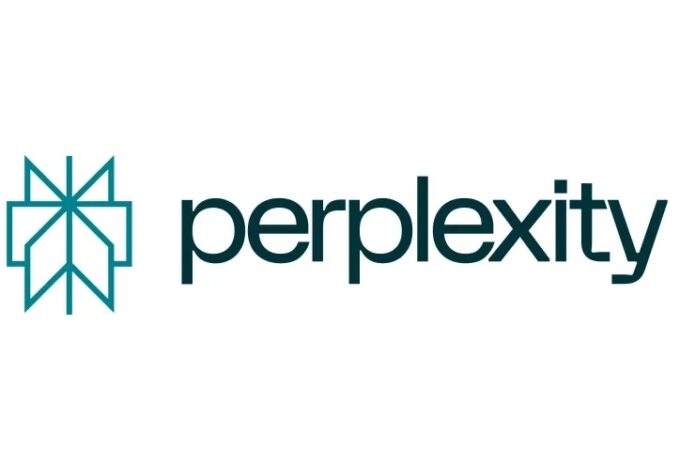
6 Alternatives to Blockchain
Everyone has heard about Blockchain, even if they don’t understand it.
The distributed ledger technology has the potential to revolutionize the way we bank and handle transactions and is already disrupting multiple industries—but, that doesn’t mean there aren’t alternatives doing things slightly differently and improving on the concept.
Let’s take a closer look at 6 of them …
1) Ripple
Ripple is a payment protocol that was launched in 2012. It uses an open source distributed ‘consensus’ ledger and facilitates the decentralized cryptocurrency called XRP, which can stand on its own or represent fiat currency, a commodity or, essentially, any other unit of value.
It functions as a settlement system, with real-time international money transfers, a currency exchange and remittance network, and boasts the ability to support “instant and nearly free global financial transactions of any size.”
“There’s a lot that bitcoin or Ripple and variants can do to make moving money between countries easier and getting fees down pretty dramatically,” said Bill Gates in 2014. “Bitcoin won’t be the dominant system.”
2) IOTA
IOTA is touted as an ‘eco-friendly’ alternative to Blockchain, which is claimed to be unsustainable in the long-term because of the power consumption required to mine and maintain the blockchain based network.
Indeed, according to Dutch bank ING: “One Bitcoin transaction has the power consumption equivalent to what the average household has over the course of one month.”
IOTA reduces power consumption by doing away with dedicated miners and requiring each person involved in a transaction to confirm two random previous transactions in the network—thus everyone contributes.
It stands out because it does not use a blockchain and does not require heavy computations to validate transactions. They call this new system the ‘tangle.’
Without miners, there are also no inherent fees!
3) HashGraph
Similar to IOTA, HashGraph touts all the benefits of a distributed ledger without the limitations. “We can process hundreds of thousands of transactions per second on Hashgraph Hedera, compared to proof of work blockchains like Bitcoin or Ethereum’s blockchain that can do 5-7 transactions per second,” says cofounder Mance Harmon.
This makes it ideal for everything from issuing loans and bank settlements to data storage and contracts.
Blockchain’s ‘proof of work’ system requires a lot of processing time by miners to validate transactions. The data is stored in blocks which contains all transactions made in a given period of time, a timestamp, the hash of the block and the hash of the previous block.
Hashgraph shortens this by storing data as ‘events.’ Without getting technical, less data and power is needed to verify transactions.
4) HoloChain
HoloChain uses double-entry accounting and combines this with blockchain accounting cryptography to create a secure and tokenless cryptocurrency. Blockchain accounting ensures transparency and immutability, enhancing trust and security in financial transactions.
They aim for the underlying system to function as a decentralized hosting platform for the web and apps. This could completely change how we use the internet and could promote a fairer and less monopolized web.
5) RaiBlocks/NANO
RaiBlocks (now Nano) is based on directed acyclic graphs, an architecture that only a couple of cryptocurrencies currently use.
Each user has their own personal blockchain (commonly called an account-chain), that stores the account’s transaction/balance history. This chain is updated by the owner when they carry out a new transaction; reducing the load on the network.
In short, it is much more scalable than Bitcoin and the early blockchain platforms. They aim to be entirely free of fees, which many people had hoped for BTC, and boast the ability to send cryptocurrency instantly across the globe.
According to their official site: “The network requires minimal resources, no high-power mining hardware, and can process high transaction throughput.”
6) EOS
EOS has set their sights on Ethereum, the smart contract platform. They claim their blockchain won’t require fees and can process millions of transactions a second!
It aims to host apps, run smart contracts and decentralized storage for enterprise solutions.
The EOS blockchain will use a new consensus model known as Delegated-Proof-of-Stake (DPoS). This solves Ethereum’s scalability problem by allowing users to vote on transactions to verify them rather than every individual node to come to an agreement before a transaction is confirmed.
Again, it is all about reducing the processing time and power needed to maintain the network.
Do you think these alternatives have the potential to overtake the first wave of Blockchain or are they already too entrenched? Let us know in the comments below!




